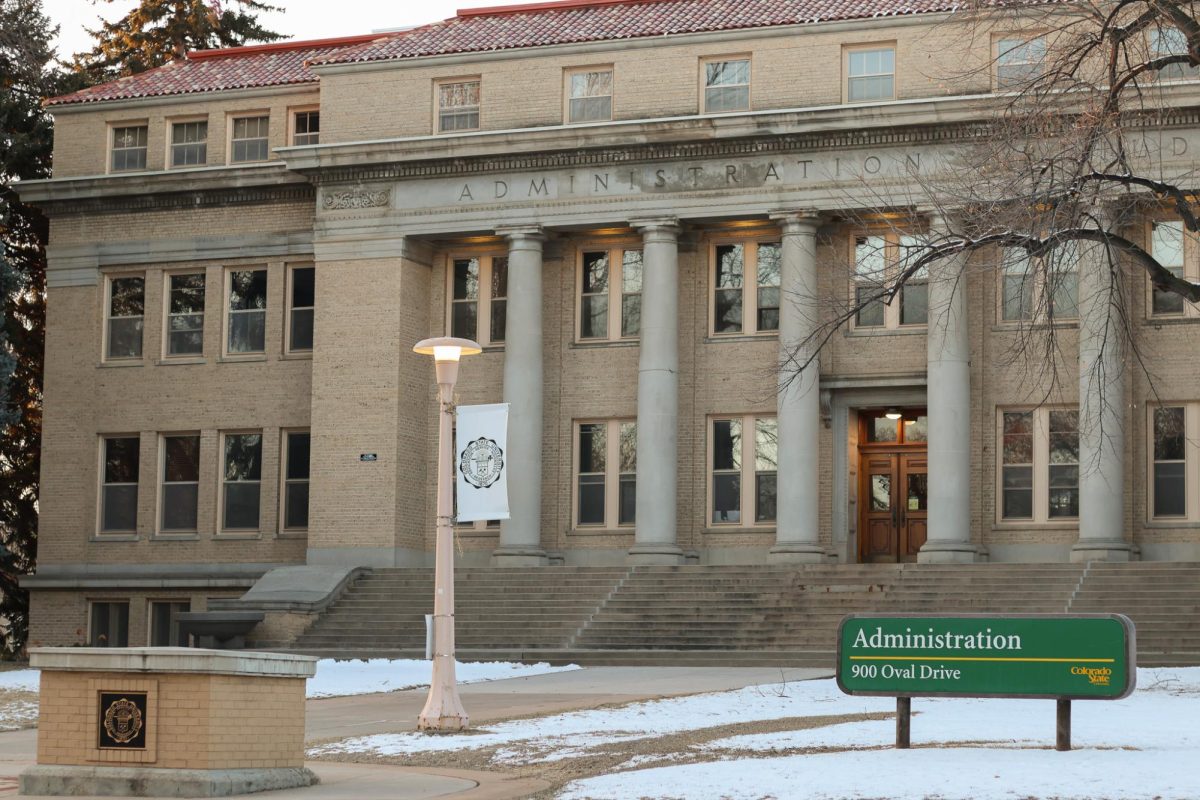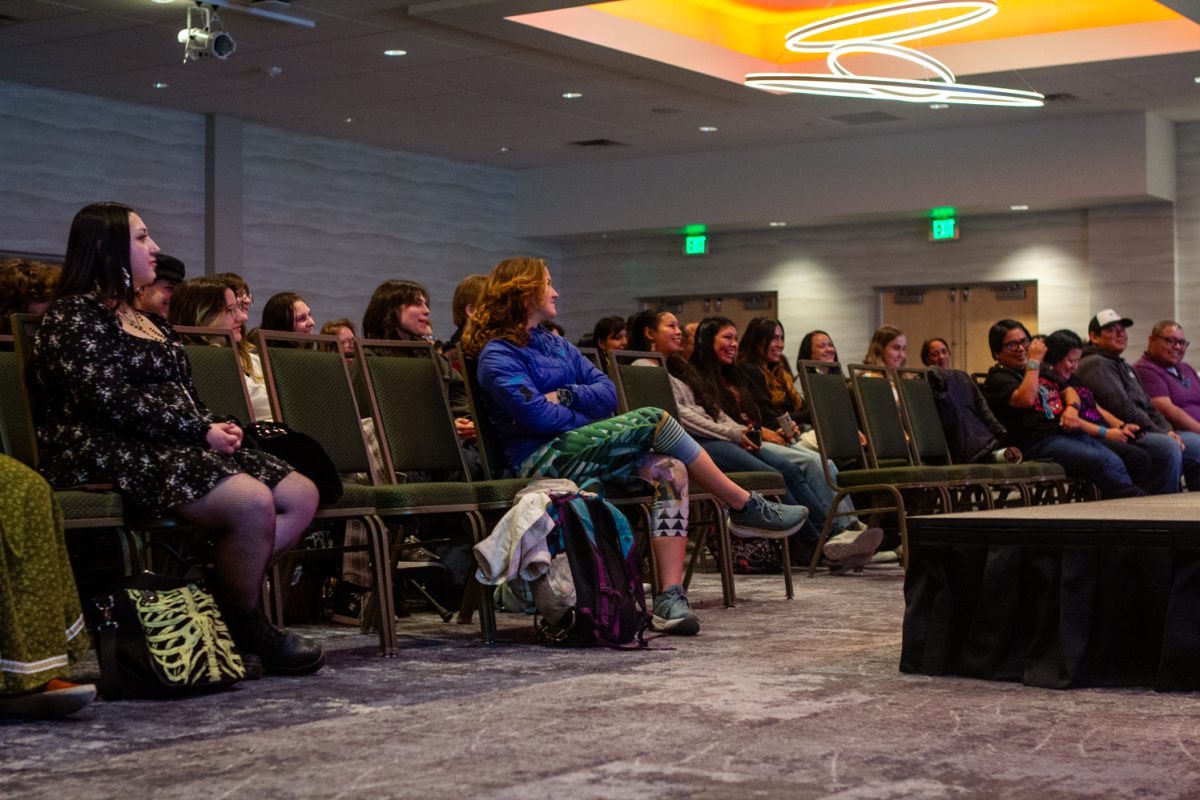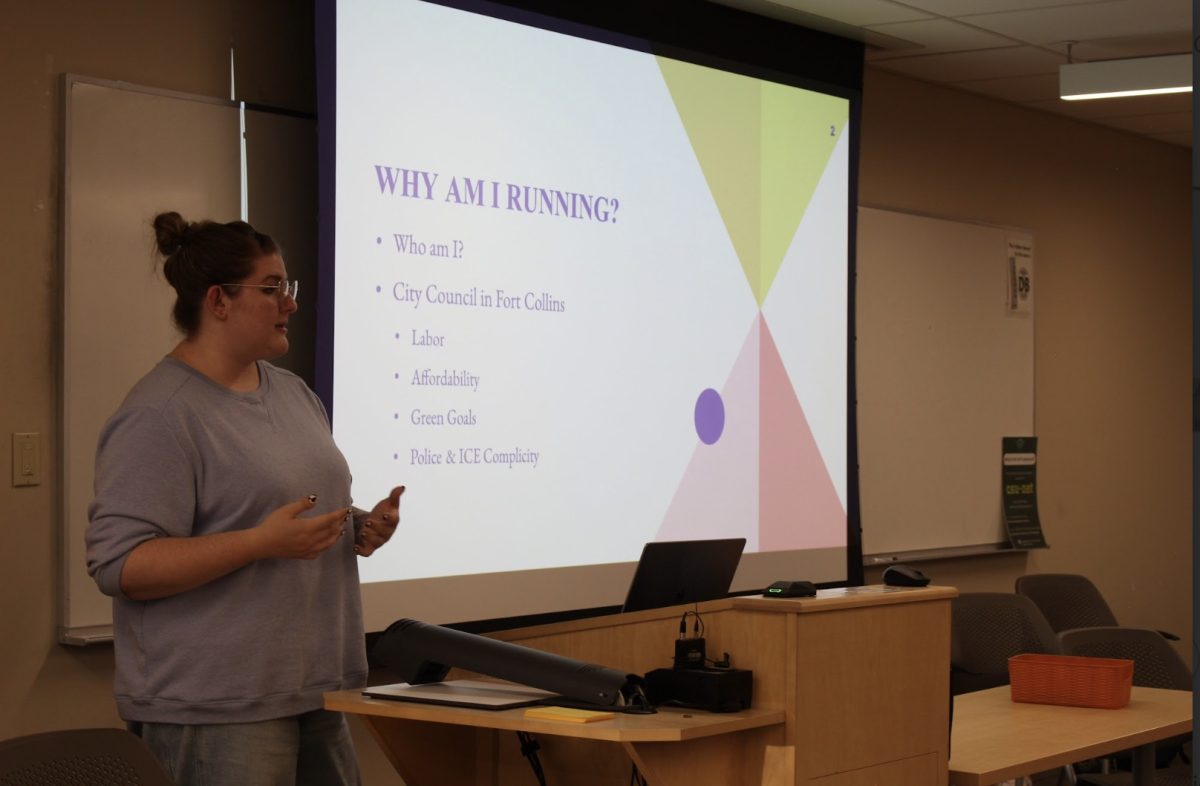The College of Veterinary Medicine and Biomedical Sciences at Colorado State University is undergoing a large-scale expansion with new facilities and a brand new curriculum in its doctor of veterinary medicine program.
CSU’s doctor of veterinary medicine program is currently the second highest-rated veterinary medicine program in the country, and the changes are expected to build upon and expand the existing program.
The project includes two major parts: The first is building an addition to the existing James L. Voss Veterinary Teaching Hospital on CSU’s south campus. The reimagined facility will be known as the Veterinary Health and Education Complex.
“One of the motivators is to create this enhanced space for research, education and service — service including being a hospital and serving our veterinary patients and their families — and how we really essentially leverage all of those together to advance what we do in veterinary medicine to continually get better,” said Dr. Kelly Hall-Wilke, associate professor of emergency and critical care and chair of the VHEC project planning team.
The new facility is set to include more classroom space, simulation learning environments, clinical research space and spaces focusing on collaboration between both students and faculty. Once the addition is complete, the plan for the project is to move some of the services from the current hospital into the new space and then remodel the current hospital.
“On the first floor of this new space, we’re going to have a larger primary care clinic that will give students additional opportunity in their third and fourth years to really get that hands-on clinical patient training,” Hall said.
The expansion of the teaching hospital will also mean more space for students in the program.
“It enables our first- and second-year veterinary students to be on the south campus,” Hall said. “Right now, they are on the main campus, and it allows us to increase our student body size as well to help meet veterinary workforce needs.”
The second major part of the project is a new curriculum design for the doctoral program.
“It’s a wholesale reinvention of the current DVM curriculum,” said Dr. Matthew Johnston, professor of avian, exotic and zoological medicine and the co-chair of the college’s curriculum renewal committee. “We’re really trying to move to start teaching students very early on how to think like clinicians, how to reason critically (and) how to use resources.”
The new facilities and curriculum go hand in hand in working toward advancing the program.
“We have to have these facilities to launch this new curriculum,” Johnston said. “That’s one of the big ‘whys’ of the new facility. We have built and envisioned this really progressive curriculum that will make fantastic, day one-ready veterinarians.”
The new curriculum also aims to prepare students as best as possible for a career in today’s field of veterinary medicine.
“Veterinary medicine has gotten so large, and the last time our curriculum was reimagined was back in the mid-90s,” Johnston said. “And in 30 years, a lot has changed in our profession.”
The team working on the project also wants to prioritize care for the students in the program.
“We also wanted to build in well-being,” Johnston said. “Right now, a lot of our well-being is extracurricular. You know, we have clubs that do stuff and faculty that gets people together for things after hours, but there’s nothing really in the curriculum supporting that. And we’ve got a mental health crisis on our hands in veterinary medicine, and we need to be better stewards of our students while they’re here.”
The new facilities are set to open spring 2026, and the curriculum is set to go into effect the following fall.
“We’re doing this as a forward-thinking approach to make our program great and to keep our program great for years to come,” Johnston said.
Reach Hannah Parcells at news@collegian.com or on Twitter @hannahparcells.










